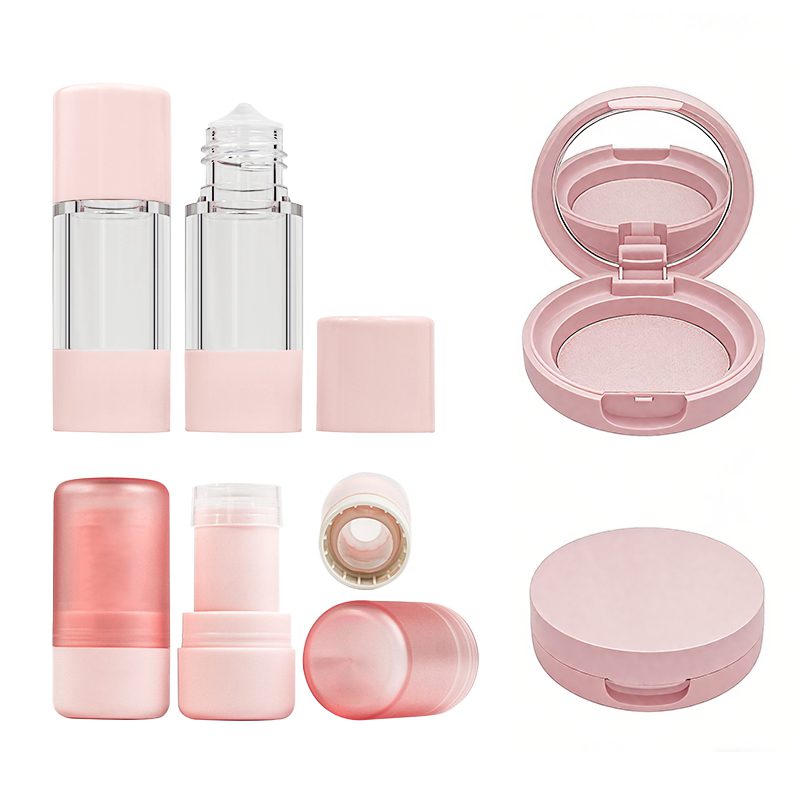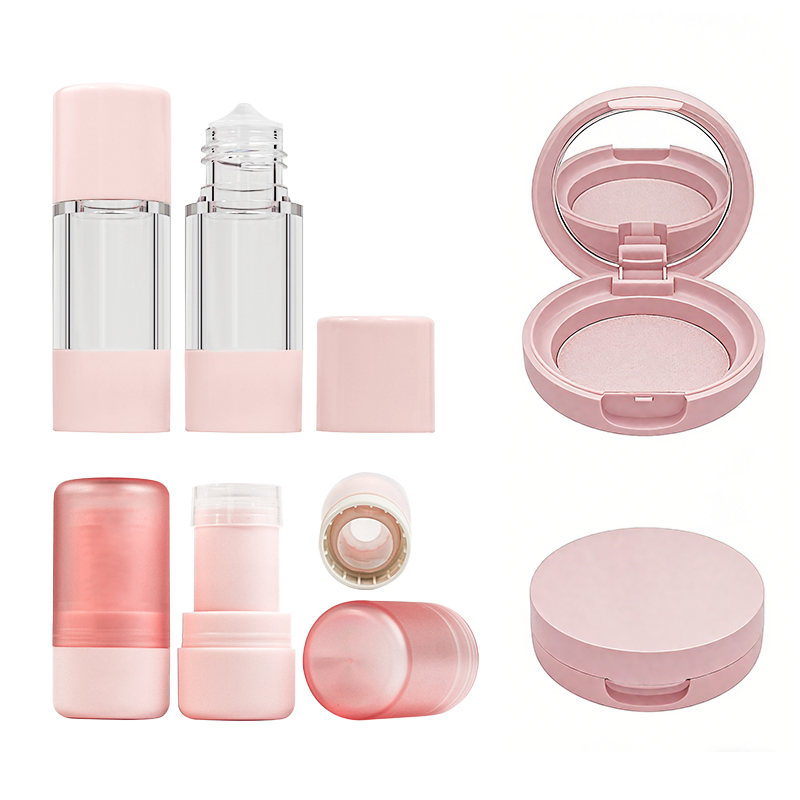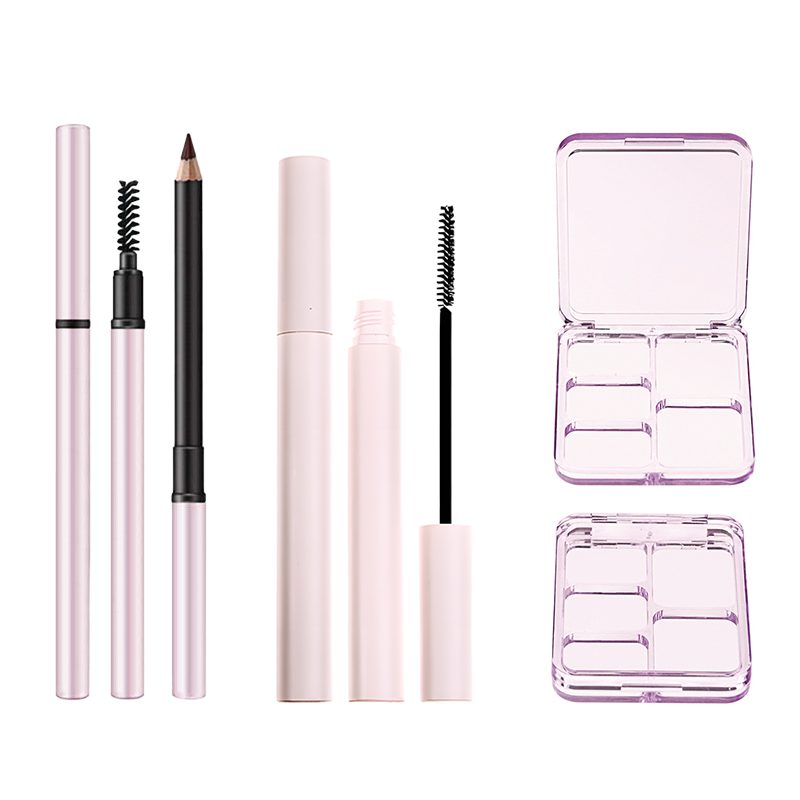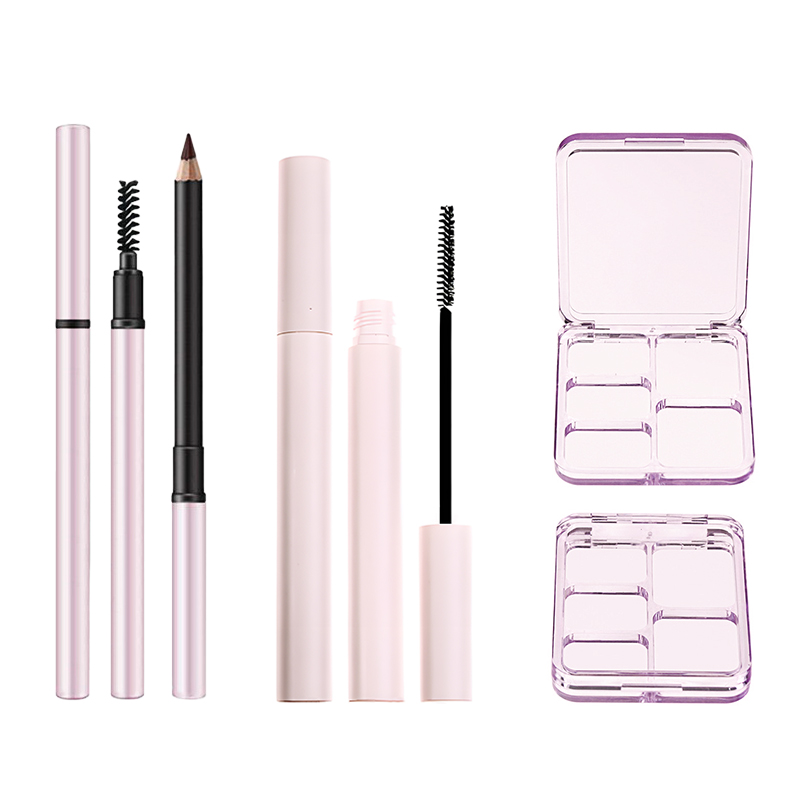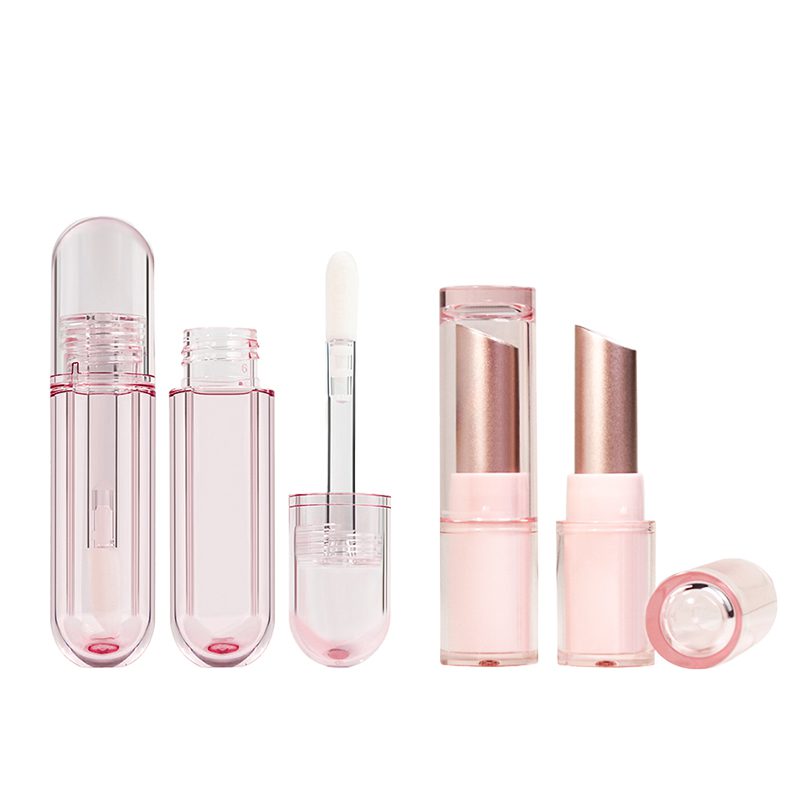Lipgloss Packaging: Which Tubes Work Best?
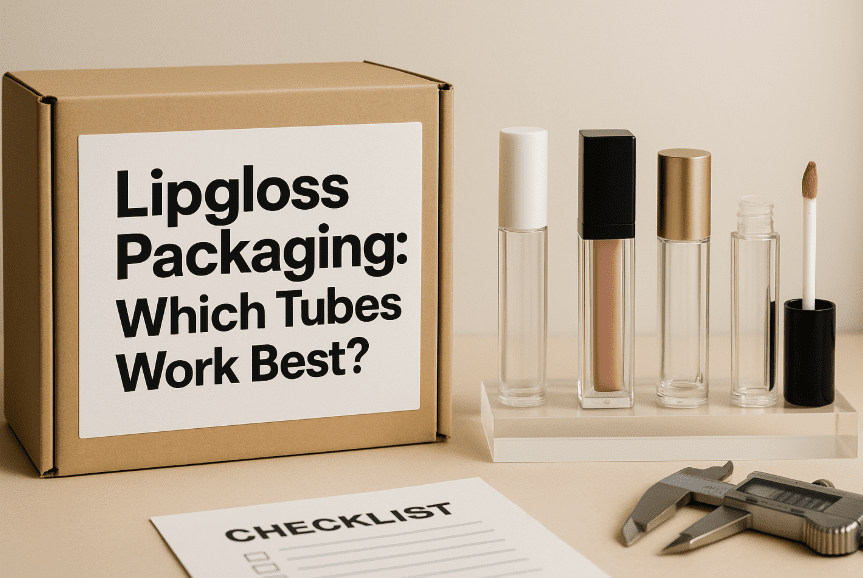
When you’re ordering lipgloss tubes by the hundreds — or thousands — the stakes are high. It’s not just about holding product; it’s about how your brand shows up on shelves, in selfies, and straight out of shipping boxes. Get the wrong fit, and you’re stuck with tubes that leak, crack, or just don’t sell.
“Packaging is the silent ambassador of your brand,” as design legend Paul Rand once said — and in beauty, it speaks volumes. Tube shape, size, material, and finish all send a message before your gloss even hits a customer’s lips.
This guide breaks it down like a trusted supplier would: no fluff, just what works. From squeezie vs. wand styles to finishes that pop in a crowded market, you’ll get the info you need to buy smart, scale fast, and look good doing it.
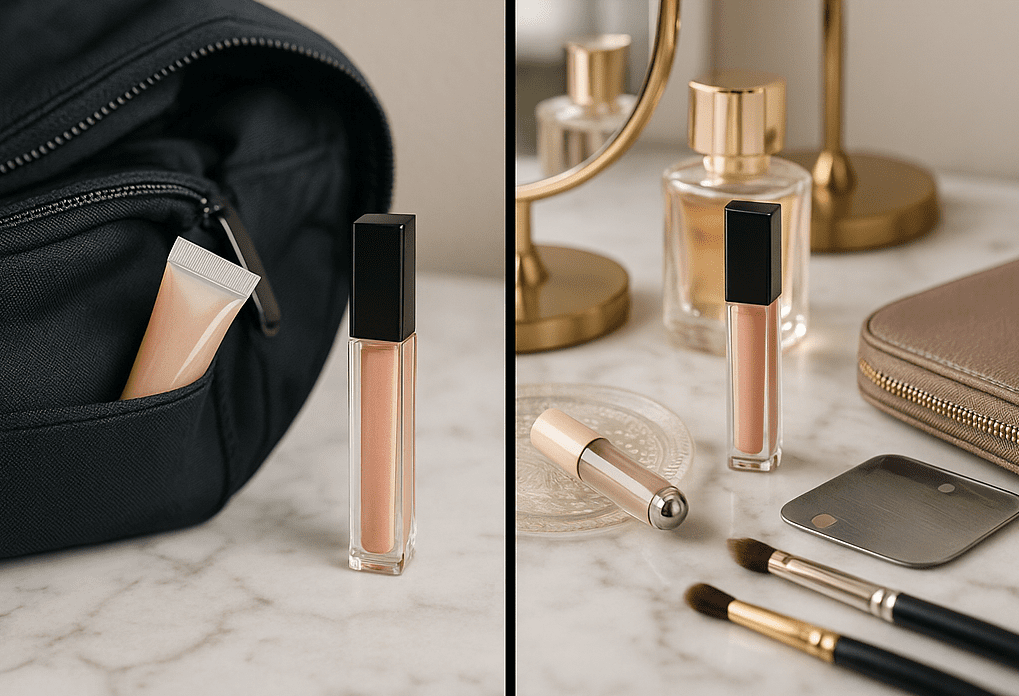
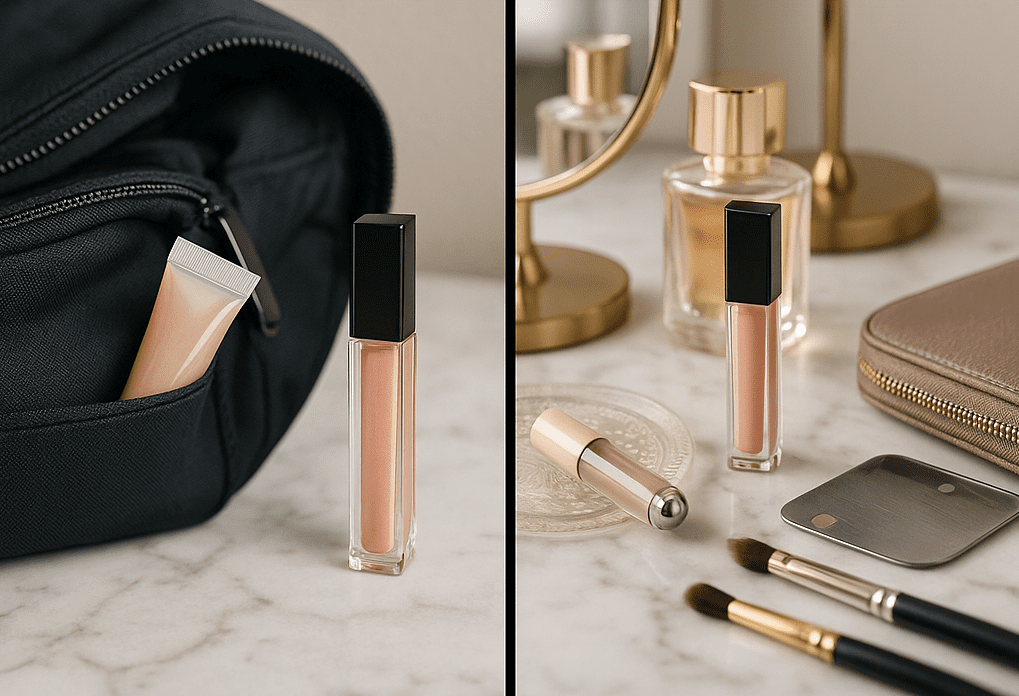
Types of Lip Gloss Tubes: A Quick Overview
Before you bulk buy, it’s essential to know your packaging types. Let’s break down the most common lip gloss tube formats used across the beauty industry.
“Choosing the right tube isn’t just about looks — it’s about how your customer interacts with your brand.” — Jenna, Product Development Lead at Topfeel Makeup
Whether you’re buying for a new product line or restocking a best-seller, understanding your options helps you make smart, cost-effective decisions.
- Squeeze Tubes These soft plastic lip gloss tubes are super user-friendly and ideal for quick application. They’re usually topped with slanted tips and perfect for travel or gym bags.
- Wand Tubes The go-to for high-end glosses, wand tubes come with a doe-foot applicator. They offer control and elegance — perfect for brands that target premium consumers.
- Roll-On Tubes Roll-on tubes are a retro comeback with modern charm. Great for oils and tinted glosses, especially when you want a smoother, even layer with zero mess.
- Brush Tip Tubes A favorite for ultra-precise application. These work well with thinner formulas and allow controlled layering — great for professional makeup artists and perfectionist users.
- Slim Lip Gloss Tubes These narrow tubes give a luxe, minimalistic aesthetic. Best for purse-sized products and often favored in seasonal or limited-edition gloss lines.
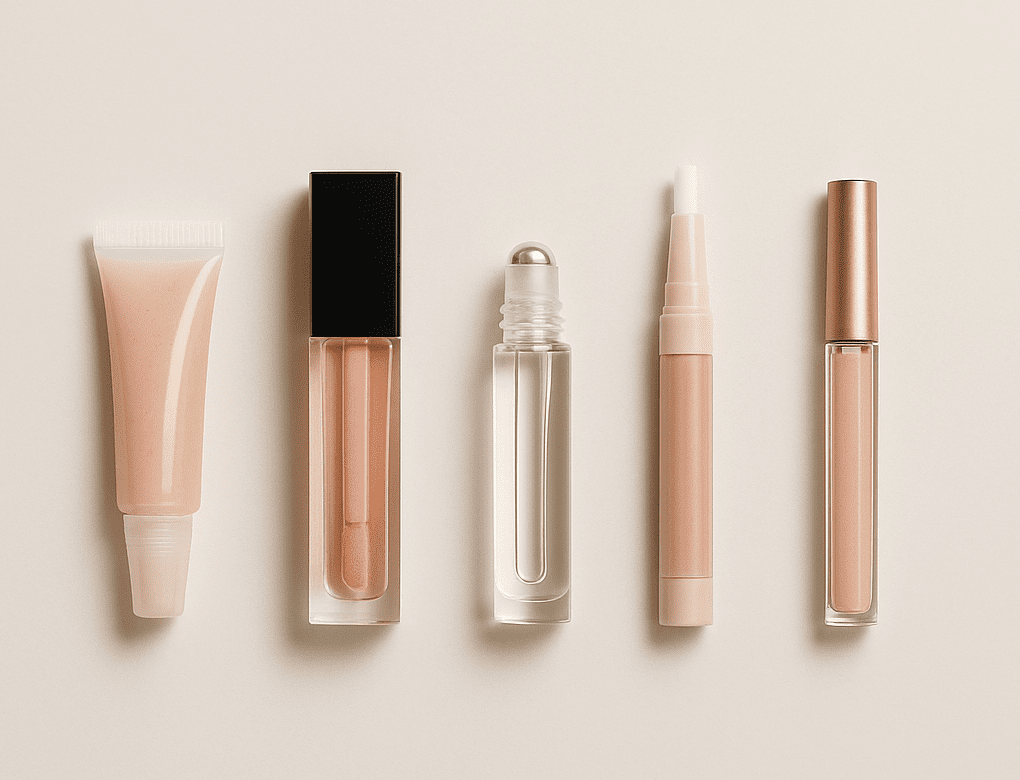

Squeezie Tubes vs. Wand Tubes: Which Is Better?
Squeezie and wand lipgloss tubes dominate the market—but which wins in bulk performance, cost, and consumer favor? Here’s a look at what matters when you’re buying at scale.
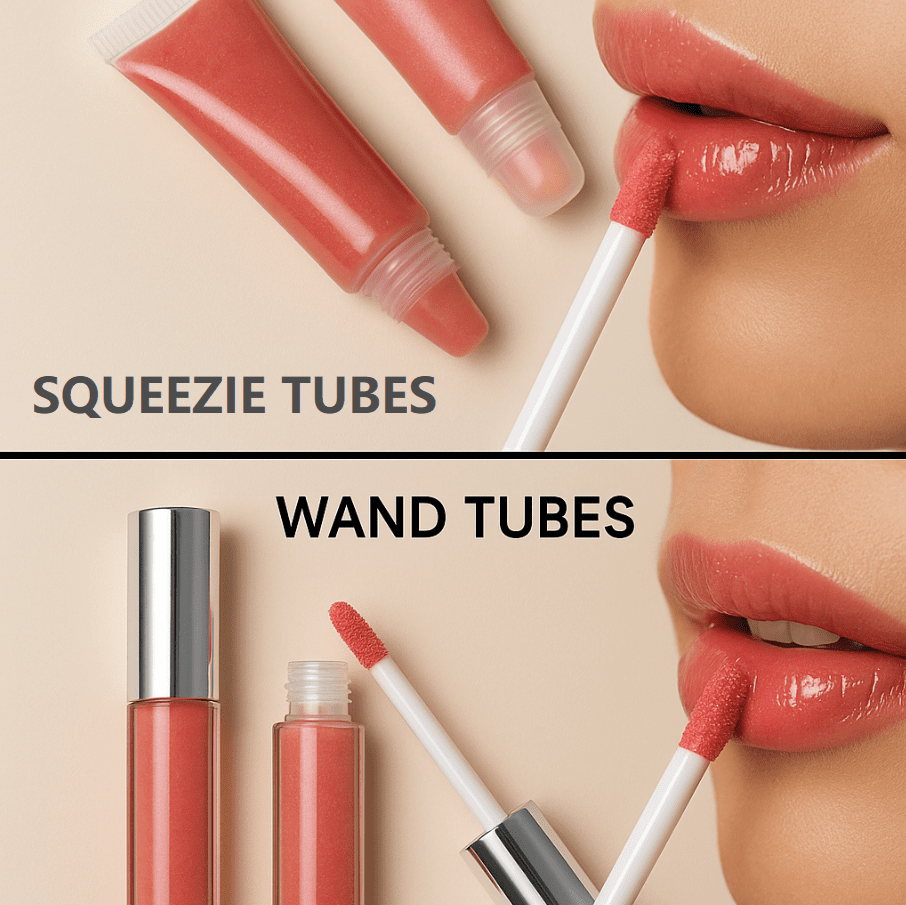

Application Speed and Precision
Wand tubes offer streak-free finishes and excellent accuracy for on-the-go users—think quick top-ups, flawless edges. But squeezie tubes? They’re the real speed demons in high-volume scenarios.
- Precision tools built into wands shine in delicate applications.
- Squeezies win when dusting speed and application time matter most.
- Pro tip: Use wand tubes when spot cleaning lipstick lines or edges.
Cost Efficiency in Large Orders
When buying 10,000+ units, cost per unit is king.
- Bulk cleaning and packaging setups favor squeezie tubes due to simple molds.
- Labor costs are lower, thanks to faster filling and capping.
- Efficiency gains from fewer breakages in shipping add bonus points.
Consumer Preference Trends
Look, consumers are picky—and habits evolve.
• DIY cleaning beauty fans adore squeezies for quick mixes and mess-free squeezing. • Material preferences lean toward eco-friendly solutions, making squeezies the choice for green-conscious buyers. • Still, some shoppers favor the luxe feel of wands—think professional services or premium lines.
👉 The key? Match consumer habits to your brand tier. Fancy? Go wand. Fast? Go squeezie.

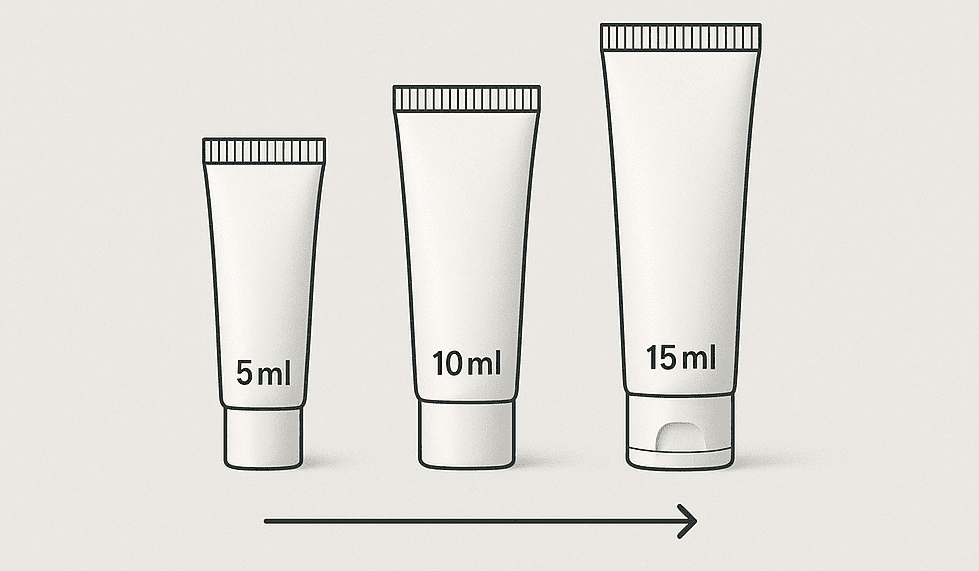
What Size Tube Is Right for You? (5ml vs 10ml vs 15ml)
Choosing the right tube size impacts cost, shipping, marketing, and compliance. Here’s how each size plays a role in bulk buying decisions.
-
Cost per Milliliter in Bulk Orders
In bulk purchasing, every drop counts.
- 5ml tubes are cost-effective for sample kits but come with higher packaging cost per ml.
- 10ml offers a sweet spot for concentrate and cleaning solution lines—balancing price and volume.
- 15ml reduces per-unit manufacturing cost but raises raw material usage. Don’t forget: volume discounts from your supplier can flip the math.
“We always negotiate based on concentrate cost per milliliter, not unit count.” — Angela Kwong, Formulation Buyer at CleanCore Supplies
-
Storage and Shipping Efficiency
Let’s be real—space is money in the warehouse.
- Smaller tubes = more cartons = higher freight costs.
- Larger tubes optimize transportation and distribution but may complicate inventory management.
- 10ml is again the “logistics-friendly” champ for most liquid packaging operations. Tip: Map tube size to your supply chain management plan before placing a large order.
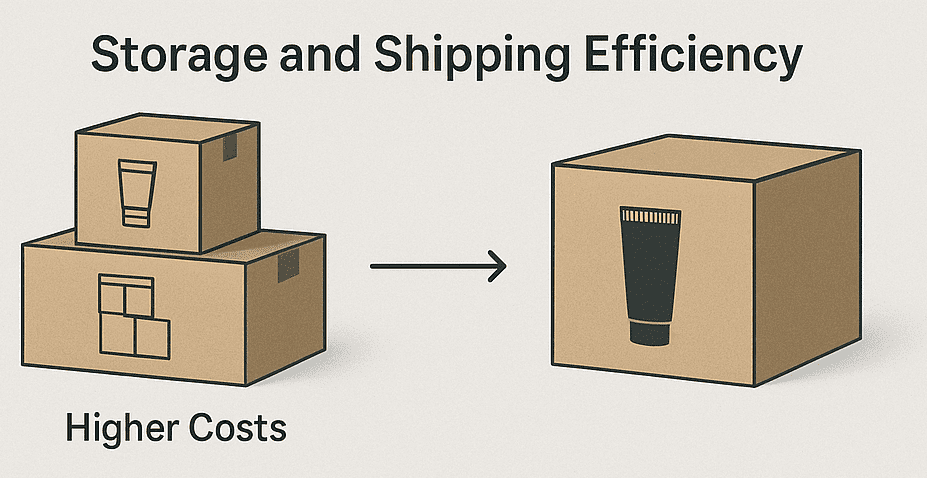
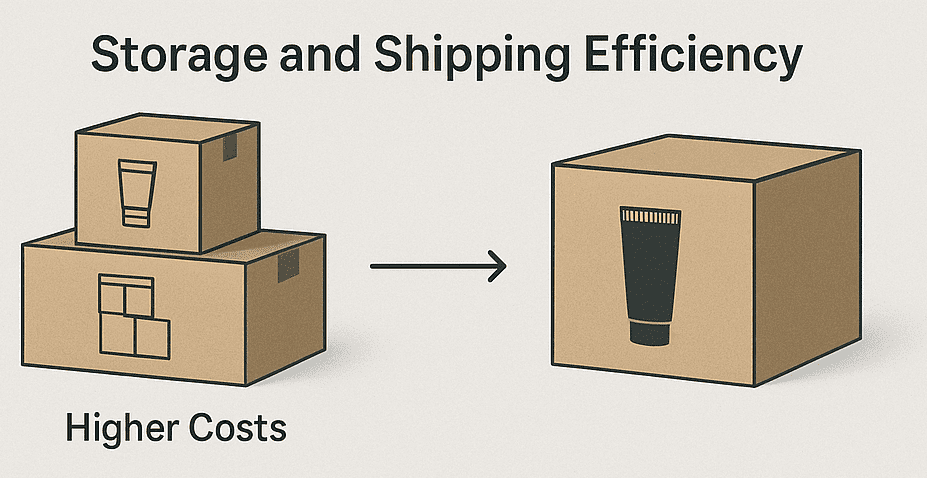
-
Market Demand by Size
Here’s where the numbers talk.
Tube Size Sales Share (%) Popular Use 5ml 18.4 Samplers, promos 10ml 54.6 Everyday retail 15ml 27.0 Premium or multipurpose Retail buyers favor 10ml due to familiarity and market segmentation. But if your formula is a niche cleaning product, 15ml might signal more value to shoppers.
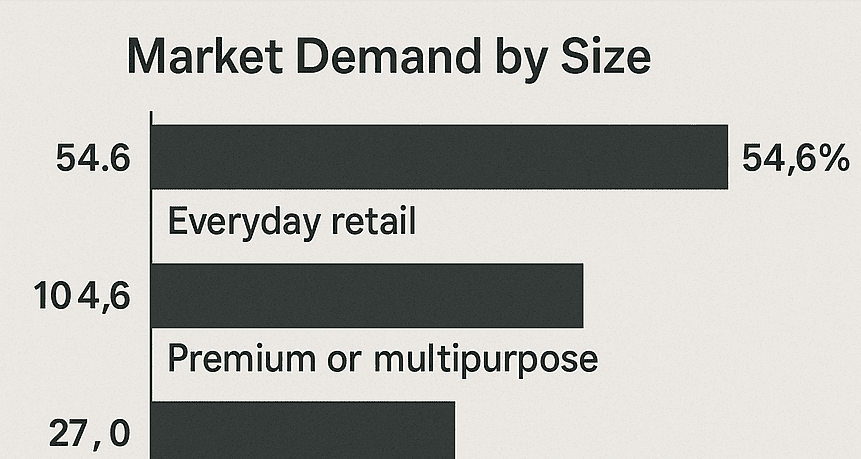
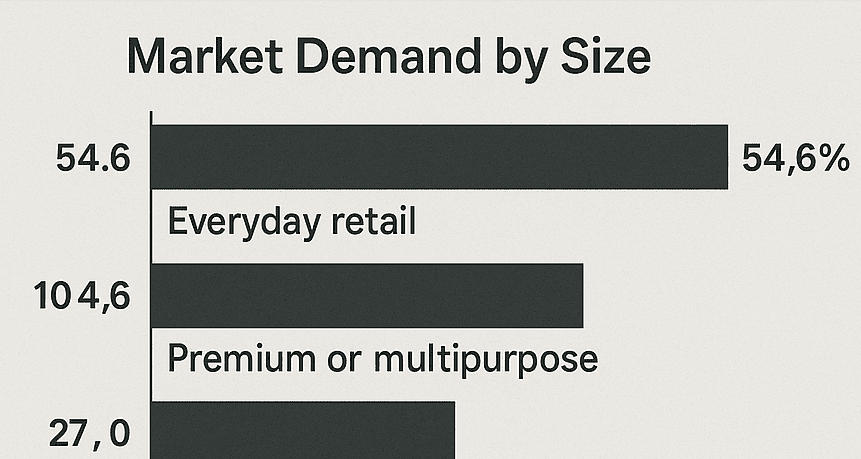
-
Product Line Variety Strategy
Sometimes, it’s not about one size. It’s about offering options.
- Got multiple cleaning formulas? Match sizes to potency: concentrated = smaller, diluted = larger.
- Offering scent options or specialized cleaners? Varying tube sizes can distinguish premium vs. standard.
- Add a 15ml flagship for visibility, a 10ml core line, and a 5ml intro size for brand extension.
It’s all about product differentiation and reaching different target demographics.
-
Regulatory Label Space Needs
Compliance isn’t optional—and smaller tubes don’t give you much room to play.
- Ingredient list, usage instructions, and safety warnings need to fit clearly.
- Environmental regulations may require extra symbols or barcodes.
- 5ml tubes struggle with packaging design flexibility.
When in doubt, size up to ensure you’re meeting consumer protection and compliance standards without clutter.
Clear or Frosted Lipgloss Tubes: Which Finish Sells More?
Choosing between clear and frosted lipgloss tubes isn’t just about looks — it shapes your branding strategy and how buyers interact with your products.
Visual Branding Impact
The tube finish you choose plays a huge role in how your brand is perceived.
- Clear tubes showcase product color, creating visual consistency with the lipgloss shade and highlighting design elements.
- Frosted tubes, on the other hand, give a premium aesthetic appeal, often tied to luxury brand identity.
“Consistency in packaging is part of what turns a one-time buyer into a loyal customer,” says Liza Hernandez, Creative Director at GlowNest Beauty. So, whether you’re building ambiance creation or aiming for shelf contrast — the tube finish matters.
Shelf Appeal for Retail Displays
Retail presentation can make or break a product’s ability to catch the eye on a crowded shelf. Here’s how different finishes perform:
| Tube Finish | Shelf Presence Score | Avg. Dwell Time (sec) |
|---|---|---|
| Clear | 8.2 | 6.1 |
| Frosted | 9.0 | 7.4 |
- Display aesthetics: Frosted tubes tend to “pop” in minimalist POS layouts, enhancing overall merchandising flow.
- Consumer engagement: Clear tubes win when color variety is the main visual draw.
- Point-of-sale: A balance between color exposure and tactile feel is key for top-tier visual merchandising.
Which Lipgloss Tube Materials Are Most Durable?
Durability isn’t just a nice-to-have — for bulk buyers, it’s a must. Let’s dive into the materials that can withstand shipping, shelf life, and customer usage.
Plastic vs. PETG Strength
When comparing Plastic and PETG, it’s all about performance. PETG boasts higher tensile strength and flexural modulus, making it tougher under pressure.
- Plastic is cheaper and lighter but may crack under stress.
- PETG is more rigid and resistant to impact. In short, if your packaging needs to survive rough handling and still look good, PETG is your go-to polymer.
Impact Resistance in Transport
- Lipgloss tubes often suffer during shipping — ever opened a box full of cracked tubes? That’s poor impact resistance in action.
- Good shock absorption design paired with high-quality packaging materials helps reduce breakage rates.
- Always ask suppliers for drop test results if you’re shipping overseas or in bulk.
📦 “You’re not just buying tubes—you’re buying peace of mind,” says Linda Chau, Senior Packaging Engineer at BeautyPack Inc.
Longevity Under Heat and Light
If your lipglosses are headed to warmer climates or sunny retail displays, you’d better think about UV degradation and thermal stability. • PETG shows strong resistance to discoloration.
• Cheap plastics? Not so much.
• Choose tubes rated for high temperature aging if your product has a long shelf life or ships globally.
Eco-Friendly Material Options
Hey, going green isn’t just for marketing — it actually cuts costs over time. Bulk buyers are increasingly switching to sustainable packaging for lipgloss tubes, and here’s why:
-
PETG:
✔ Up to 90% recyclable
✔ Long lifespan of about 18–24 months
✔ Ideal for brands balancing durability and environmental responsibility
-
Standard Plastic:
– Typically 60% recyclable
– Lifespan ranges from 12–18 months
– Still common but slowly being replaced
-
Biodegradable PLA (Polylactic Acid):
➤ Made from renewable resources like cornstarch
➤ Offers about 75% recyclability
➤ Lifespan of 9–12 months — great for limited-edition or fast-moving SKUs
💡 Many bulk purchasers now evaluate green manufacturing credentials before signing supplier contracts. It’s a solid selling point and a sustainability move.
Conclusion
Picking the right lipgloss tube at scale isn’t just a detail—it’s the deal. Imagine ordering 10,000 tubes that look cute but crack in transit. That’s profit leaking before launch.
Think beyond looks. A 10ml squeeze tube might just be your brand’s workhorse—easy to fill, ship, and stack. And materials? Go with what survives the journey, not just what shines under studio lights.
Bottom line: smart packaging saves you money, headaches, and your rep. Don’t just choose pretty—choose practical.
FAQs
If you’re shipping cross-country or overseas, durability is everything. PETG is a top pick—strong, lightweight, and doesn’t get brittle like cheap plastic. Acrylic looks sharp but can crack under pressure (literally). Test a few before you commit big.
Big time. Even small volume differences add up when you’re moving pallets.
- 5ml tubes are lighter, ideal for sample kits or promos
- 10ml is the most cost-efficient for retail
- 15ml takes more shelf space and shipping room
- More volume = fewer tubes per case
Totally depends on your branding vibe. Clear tubes show off product color—which is awesome for shimmery glosses or tinted balms. Frosted feels more high-end and hides imperfections in the fill. For mass market, clear usually performs better in A/B shelf tests.
It’s kind of a split.
- Wands feel luxe and are better for color pay-off
- Squeeze tubes win on cost, speed, and hygiene
- Retail buyers lean wand
- Subscription boxes and kits love squeeze styles
If stored right—cool, dry, away from sunlight—they can sit for a couple years without issue. The weak link is the cap or seal; test it if it’s been sitting too long.
Technically, sure. But some are easier than others:
- Flat tubes are easier to label cleanly
- Round tubes may need shrink wrap or pre-printed designs
- Matte finishes can mess with sticker adhesives If you’re labeling in-house, go flat and glossy for fewer headaches.
Thicker glosses, balms, or oil-based blends shine here. If the formula’s too runny, it can get messy fast—especially in transit.
Short answer: you don’t need tube-specific FDA approval. But your product formula and manufacturing process? That’s where the paperwork hits. Also, make sure your packaging doesn’t mislead—labels matter.


